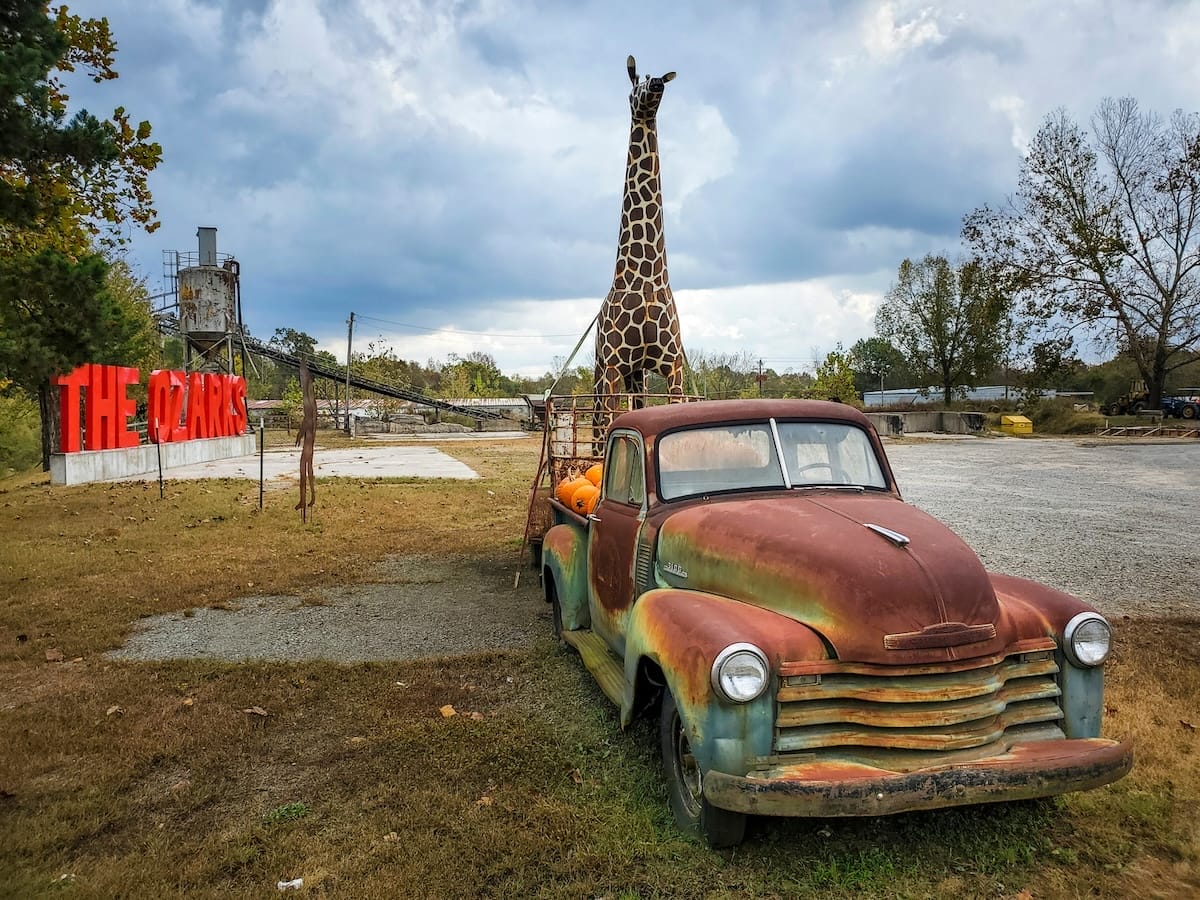
Explore Arkansas
Central Arkansas
Little Rock, Conway, Searcy, Benton, Heber Springs
Northwest Arkansas
Fayetteville, Bentonville, Springdale, Fort Smith
South Arkansas
Hot Springs, Pine Bluff, Texarkana, Arkadelphia
Featured Region
See what's happening in Central Arkansas.


Exploring Clinton – The Town That Doesn’t Give Up
Clinton is a popular spot for Arkansans to refuel their cars and their...
Explore Arkansas
Central Arkansas
Little Rock, Conway, Searcy, Benton, Heber Springs
Northwest Arkansas
Fayetteville, Bentonville, Springdale, Fort Smith
South Arkansas
Hot Springs, Pine Bluff, Texarkana, Arkadelphia
Featured Region
See what's happening in Central Arkansas.

Mystic Ozark | A New Adventure in Downtown Hot Springs
Downtown Hot Springs is buzzing with energy, charm, and now a hint of...

Exploring Clinton – The Town That Doesn’t Give Up
Clinton is a popular spot for Arkansans to refuel their cars and their...
Featured Topic
Explore the unique food of Arkansas.

Noble Graze in Fayetteville
Are charcuterie or grazing boards on your to-do list for your next party,...

Avocado Toast Brings the Rizz
So apparently there's a food holiday to celebrate everything, and July...

Uh oh...
It appears that you're using a severely outdated version of Safari on Windows. Many features won't work correctly, and functionality can't be guaranteed. Please try viewing this website in Edge, Mozilla, Chrome, or another modern browser. Sorry for any inconvenience this may have caused!
Read More about this safari issue.May 30, 2014

May 30, 2014


A blond, good-natured Navy vet in his late-twenties, Casey was catching eels all over Arkansas. He was collecting data for his thesis, and working on an “eel ladder”―which is what these serpentine squigglers need to get beyond the dams that have been blocking migrations throughout their range.
American eels are usually associated with the Atlantic Coast and the river systems that enter the continent east of the Mississippi, but they also occur in the West. Swimming in through the Gulf of Mexico, they’re in every state along the Mississippi River, plus Texas and South Dakota. They used to exist in New Mexico, they’ve been recorded in Arizona, they were introduced in Utah and California, and they escaped from a facility in Colorado. They’re also in Nebraska, due to a railroad bridge collapsing in 1873, spilling a load of eels into the Elkhorn River.
Out of all the known fishes in the world (and yep, they’re actual fish with tiny, slimy scales), it’s speculated that this species—which exists from Greenland down to South America—has the widest known range of any fish in North America, sometimes traveling up to 10,000 miles. They’re born in the Sargasso Sea somewhere between the Bahamas and Bermuda, and being “catadromous,” they eventually head into freshwater, where they live for three to forty years until they’re sexually mature. That’s when they head en masse back to their secret spawning grounds (which no one has ever seen) to get it on and die.
“Howdy,” I greeted Casey. …
Learn more about Sporting Life Arkansas - Mark Spitzer.
A little about Sporting Life Arkansas - Mark Spitzer.
Mark Spitzer is the author of twenty books and an associate professor of creative writing at the University of Central Arkansas, where he is the Editor in Chief of the award-winning Toad Suck Review. His essay collection Season of the Gar (U of Arkansas Press, 2010) will soon be followed by a sequel entitled Return of the Gar (U of North Texas Press), and he is also working on a book called Beautifully Grotesque Fish of the American West for the University of Nebraska Press. He can be seen on the alligator gar episode of Animal Planet's River Monsters series, or paddling through the tornado-littered sandtar soup of Lake Conway.
Read more stories by Sporting Life Arkansas - Mark Spitzer
We do the work.
You check your email.
Sign up for our weekly e-news.
Get stories sent straight to your inbox!
Searcy, AR 72143fsbank.com877.611.3118Only in Arkansas. First Security Bank, Member FDIC.
Equal Housing Lender | Equal Opportunity Employer © 2025 All rights reserved.
Only in Arkansas. First Security Bank, Member FDIC.
Equal Housing Lender | Equal Opportunity Employer © 2025 All rights reserved.
Equal Housing Lender | Equal Opportunity Employer © 2025 All rights reserved.




Like this story? Read more from Sporting Life Arkansas - Mark Spitzer
It was a few days after the Caddo River, and the plan was to run the...
Casey set up his ladder at the base of it, and I ran three hundred...
Join the Conversation
Leave a Comment